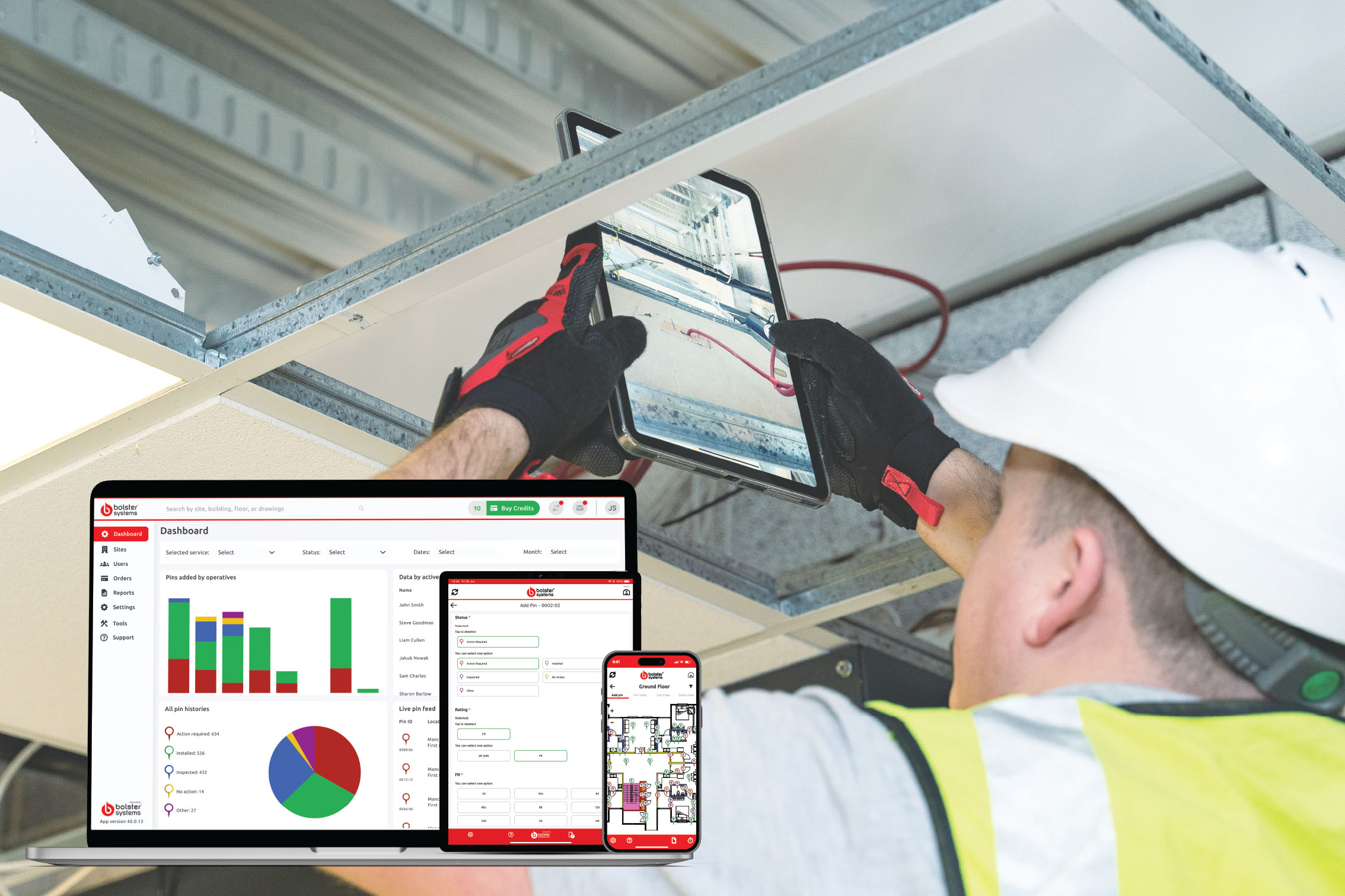Navigating the Building Safety Act 2022: What UK Contractors Need to Know in 2025

The Building Safety Act 2022 has ushered in a new era of regulatory oversight in the UK's construction industry. As we progress through 2025, contractors are grappling with the Act's implications, striving to ensure compliance while maintaining project efficiency. Understanding the Act's key components and their practical applications is essential for navigating this complex landscape.
A cornerstone of the Act is the establishment of the Building Safety Regulator (BSR), tasked with enforcing safety standards in high-risk buildings. Contractors must now engage with the BSR at multiple project stages, notably during the newly introduced 'gateway' points. These gateways—design, construction, and pre-occupation—serve as critical checkpoints where safety compliance is rigorously assessed. Failure to meet the stringent requirements at any gateway can result in project delays or sanctions, underscoring the importance of meticulous planning and documentation.
The Act also emphasizes the 'golden thread' of information, mandating that accurate and up-to-date building data be maintained throughout a structure's lifecycle. This requirement ensures that all stakeholders have access to essential safety information, facilitating informed decision-making and effective risk management. For contractors, this means implementing robust data management systems capable of capturing and preserving detailed records from design inception through to construction and maintenance.
Competence is another focal point of the legislation. The Act stipulates that individuals involved in building work must possess the necessary skills, knowledge, experience, and behaviors to perform their roles effectively. This provision has led to an industry-wide push for enhanced training programs and accreditation schemes, aiming to elevate professional standards and ensure that all personnel are adequately equipped to uphold safety requirements.
In response to these regulatory demands, digital tools have become invaluable assets for contractors. Platforms like Bolster Systems offer comprehensive solutions for managing compliance documentation, streamlining the collation and storage of critical information. By digitizing processes, contractors can enhance accuracy, improve accessibility, and ensure that all regulatory obligations are met efficiently.
However, the transition to this new regulatory framework is not without challenges. The industry has reported delays in obtaining gateway approvals, attributed to resource constraints at the BSR. These bottlenecks have the potential to disrupt project timelines and increase costs. To mitigate such risks, contractors are advised to engage proactively with regulatory bodies, allocate sufficient time for approval processes, and maintain open lines of communication to address any issues promptly.
Looking ahead, the Building Safety Act 2022 is set to drive a cultural shift within the construction sector, fostering a more rigorous approach to safety and compliance. Contractors who embrace these changes, invest in competence development, and leverage digital technologies will be well-positioned to navigate the evolving landscape successfully.
In conclusion, the Building Safety Act 2022 presents both challenges and opportunities for UK contractors in 2025. By understanding the Act's requirements, investing in competence, and adopting digital solutions, contractors can ensure compliance, enhance safety, and maintain project efficiency in this new regulatory environment.





































